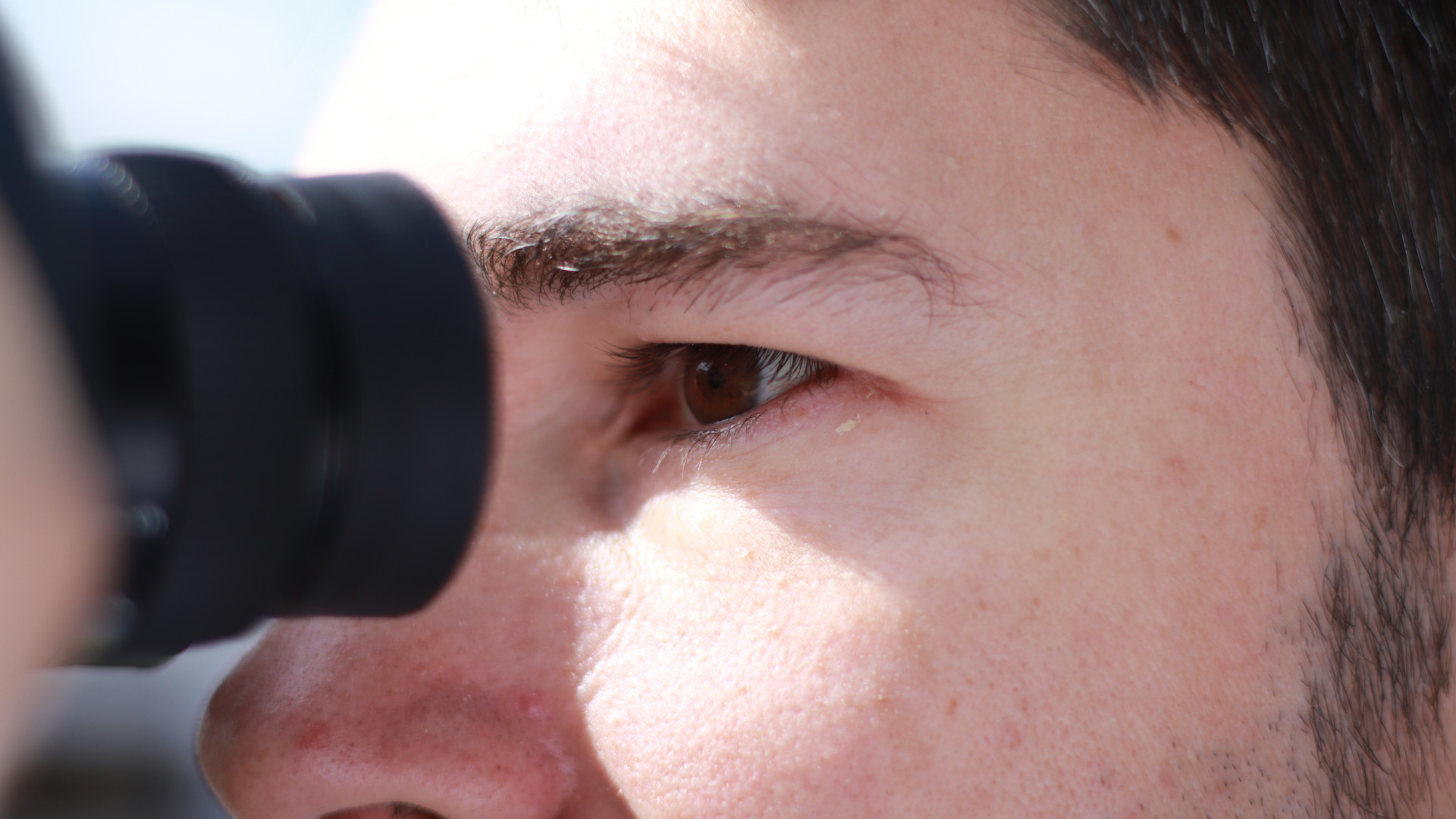Coating
A clear view: all binoculars that offer this have an almost invisible feature. You should bear it in mind.

What can sometimes be a very attractive effect in photos is to be avoided when observing with binoculars: reflection. It can arise on any optical surface and is very irritating to the observer if it become too great. Ideally, all light that meets a lens should pass through it completely. But that’s wishful thinking.
Binoculars lose a lot of light
Nevertheless, scientists are getting a little closer to this ideal state of affairs. 4% of light is reflected back from all optical surfaces. The more oblique the light, the greater the reflection that can arise. Between all the lenses and prisms, half of the incoming light can be lost. In reasonably good binoculars, 90% of the incoming light actually arrives in the eye of the observer.
The solution: coatings
Nowadays, all manufacturers use so-called multi-coatings (or multi-layer coatings). These are ultra-thin layers that should reduce reflection. But every optical device manufacturer does their own thing here – they all have their own secret recipe.
The refractive index and the thickness of the layer are both important for reflection reduction, which in turn depend on the refractive index of the lenses. The classic magnesium fluoride or silicon oxide are often used as coating material, but there are also other chemical variants. As a rule, a layer is vapour-deposited in a high vacuum. For this purpose, the glass is placed in airtight containers: the vacuum chamber. Then a vacuum is created. The molecules react with one another and also with the walls of the chamber.
Vapour-depositing a reflection-reducing layer onto a substrate is a highly complicated process. The smallest deviations in the production process can lead to completely different properties of the layer.
How to decrease reflection?
The reduction of unwanted reflection is achieved by interference. Let's look at two rays of light that hit a coated lens. The first light ray is reflected at the coating-air surface and the second ray at the glass-coating interface. In the best case, the two light rays cancel each other out. To imagine this, you have to think of a light ray as a wave. It has alternating peaks and troughs. In order to achieve a reduction, the two light rays must meet in such a way that the peak of one light ray eliminates the trough of the other light ray.
The displacement of the waves
Unwanted reflections can be reduced by a lens coating. Ideally, the peak and the trough of two separate light waves are opposite each other so that the reflections can cancel each other out. Then these two light rays would cancel each another out. But to achieve this, the phases must first be shifted. This task is performed by the coating layer, because this displacement is ultimately achieved by the different optical path lengths of the light rays. The coating layer thickness must be ¼ of the wavelength of the light that is to be reduced. It is also important that the successive peaks and troughs have the same amplitude (i.e. the height of the peaks and troughs).

